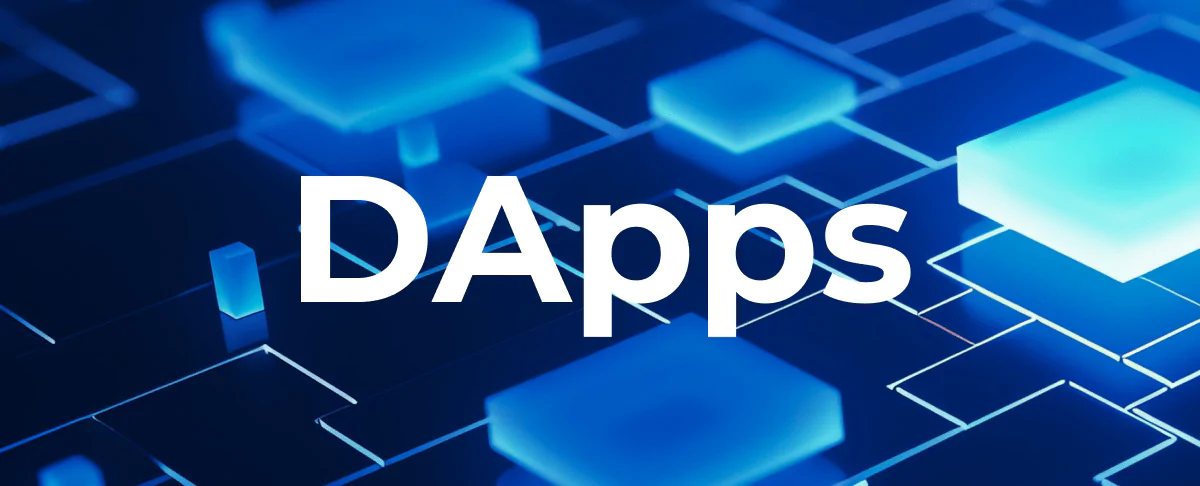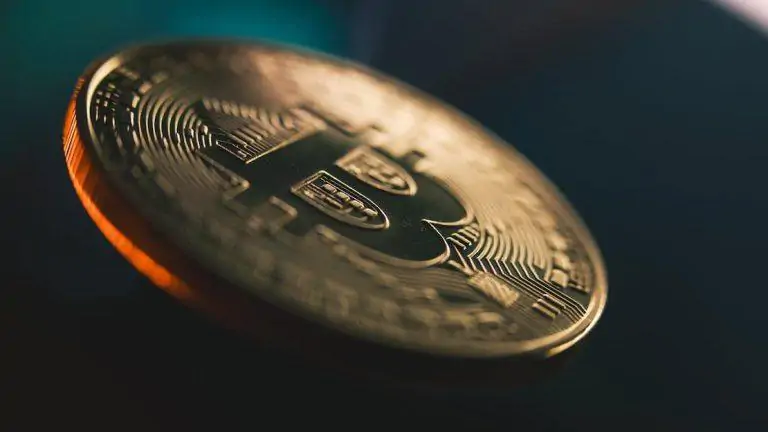Greece has made significant efforts to adopt a tax policy on crypto assets as the use of cryptocurrencies grows globally. In January 2025, the Greek government introduced new tax regulations for cryptocurrency transactions.
15.04.2024

What are DApps? DApps are decentralized applications. They are software applications that run on a blockchain or decentralized network. They differ from traditional centralized applications in that they do not have a single control center or a single server that controls their operation. Instead, they are based on the dapps blockchain, allowing network participants to interact directly without intermediaries.
From the user’s perspective, there are only minor differences between a decentralized application based on blockchain technology and a traditional application functioning in the online space. The main difference between them lies in the fact that dApps operate on well-distributed and immutable dapps blockchain ethereum networks that are not controlled by any single individual, organization, or central operating system. This gives them a high level of security against hacking.
How dApps Work: Key Attributes, Characteristics, and Advantages
One of the key features of dApps is their decentralized nature. Instead of storing data on a centralized server, they utilize a distributed database, ensuring transparency and data reliability. This makes dApps crypto more resistant to censorship and interference from third parties.
Another key element of dApps is the use of smart contracts, which are programs that automatically execute agreements when certain conditions are met. These contracts are integrated into the blockchain, providing reliable and transparent execution of agreements without the need to rely on trust in the parties involved.
DApps (decentralized applications) and centralized applications have significant differences in their architecture, operation principles, and characteristics. The main advantages of dApps can be summarized as follows:
- Decentralization and censorship resistance: one of the main advantages of dApps is their decentralized nature. They operate on the blockchain or other decentralized networks, making them resistant to censorship and interference from third parties. This means that no single authority has the ability to control or restrict access to such applications.
- Transparency and reliability play a key role: DApps are based on blockchain technology, which guarantees the transparency and reliability of information. Every operation and transaction is immutably recorded on the blockchain, eliminating the possibility of falsification and enhancing trust among users.
- Security: this is one of the key aspects ensured by the application of cryptography and blockchain technology in dApps. These innovations guarantee reliable data and transaction protection. The use of smart contracts, common in dApps, also enhances security by providing the ability to automate agreement execution between participants.
- Open access and development transparency: many dApps are developed using open-source code, allowing the developer community to review application security, contribute, and improve functionality.
- Information and data management: in dApps, users often have an enhanced level of control over their data and assets. This data can be stored either on users' devices or in decentralized storage, providing increased confidentiality and data protection compared to centralized applications.
- Innovation in the financial industry: many dApps are created to address tasks in the field of finance and investments. They offer innovative methods for conducting financial operations, including decentralized exchanges, lending and insurance services, as well as asset management tools.
Where are DApps used and how to join them?
DApps find applications in various fields, including finance, gaming industry, social networks, healthcare, and more. They are applied in various areas where increased transparency, security, and absence of centralized control are required. DApps include financial services, digital identification and registration systems, smart contracts, and autonomous organizations, social networks, and media platforms.
Decentralized applications provide a wide range of opportunities to address various problems associated with centralized structures and their limitations. Their use continues to expand as they offer more open, transparent, and democratic alternatives for various industries and spheres of activity.
Joining decentralized applications (DApps) may seem complex at first glance, but it’s actually a process that can be mastered with little effort. Here are a few steps to help you join DApps:
- Choosing a cryptocurrency wallet: to start, you'll need a cryptocurrency wallet that allows you to store and manage the cryptocurrency assets required for interacting with dapps bitcoin.
- Acquiring cryptocurrency: after setting up the wallet, you'll need to acquire some cryptocurrency.
- Finding and choosing DApps: now that you have a wallet and cryptocurrency, you can start searching for DApps examples that interest you. There are many different DApps in various categories such as finance, gaming, social networks, and decentralized exchanges.
- Interacting with DApps: once you've chosen a DApp you want to interact with, you'll need to connect your wallet to the application. After that, you'll be able to use your wallet to interact with the DApp, performing operations and interacting with the application's content.
DApps offer unique opportunities for users, combining the benefits of blockchain technology with innovative approaches to application development. Their decentralized nature, transparency, and security make them an attractive choice for those who value freedom, security, and reliability in the digital world.
These key attributes and characteristics make dapps crypto meaning attractive to users, providing them with new opportunities in the field of digital services and ensuring greater reliability and transparency compared to traditional centralized applications.




